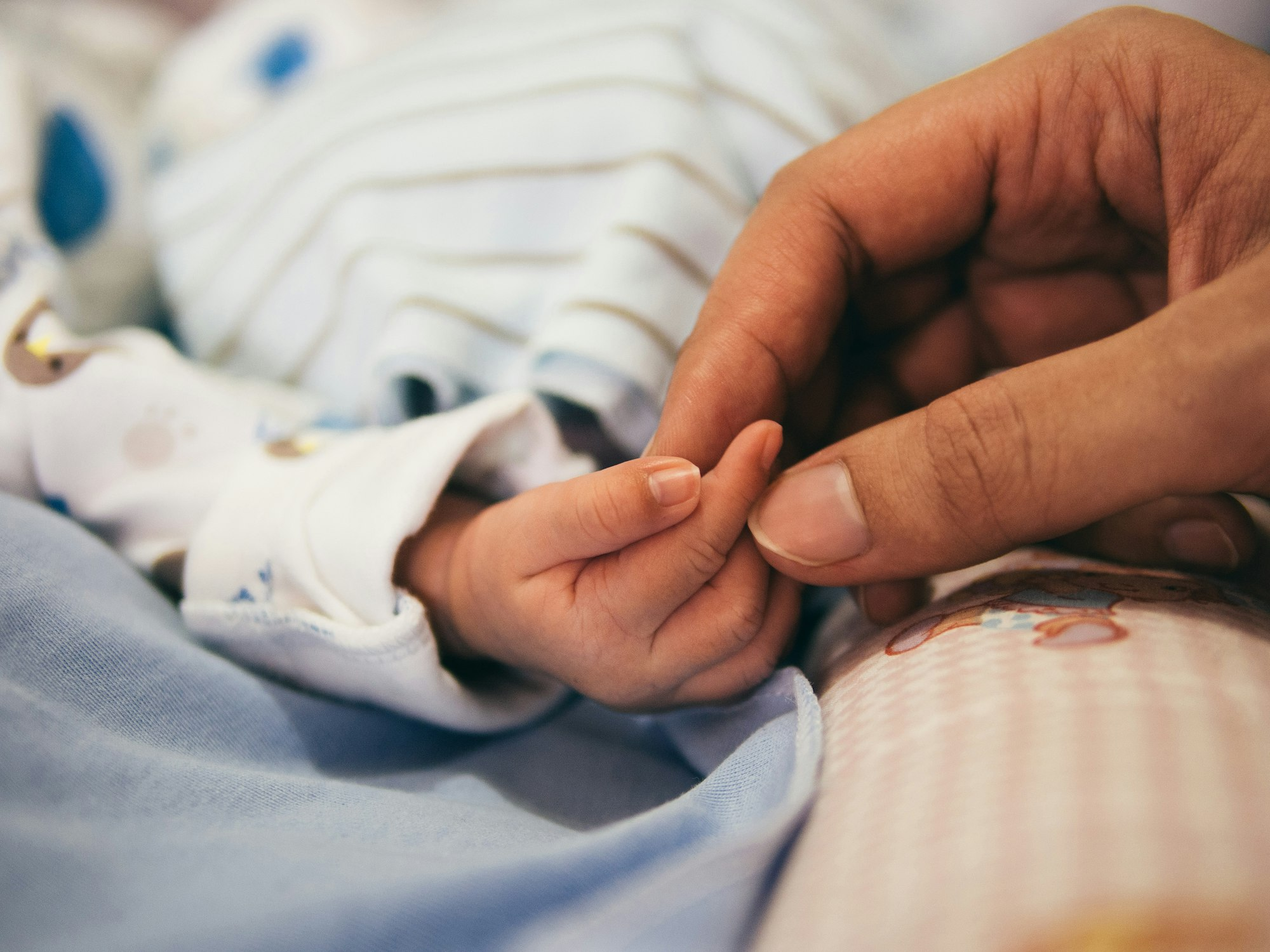If you’re breastfeeding and suddenly breaking out—or your baby’s cheeks are covered in little red bumps—you’re not alone. Acne during breastfeeding can feel like a cruel joke, especially when you thought the hormonal rollercoaster would end after delivery. But here’s the truth: acne is common in both new moms and babies during this stage, and there are safe, realistic ways to manage it without giving up nursing or losing your mind.
Why You Might Be Breaking Out While Breastfeeding
Let’s start with you. Postpartum acne—especially during breastfeeding—is often driven by hormones. The main culprit? Prolactin, the hormone your body makes to produce milk. It can also stimulate oil production in your skin, which means clogged pores and breakouts.
Other Common Triggers
- Postpartum hormone shifts, especially as your body transitions back to pre-pregnancy levels
- Stress and sleep deprivation (hello, new baby)
- Dehydration, which is easy to fall into while nursing
- Diet and skincare routine changes, often pushed aside during this season of life
It’s frustrating, but normal—and it doesn’t mean you’re neglecting your self-care.
What About Acne on the Breasts or Nipples?
Yes, it happens. Pimples on or around your breasts can be caused by:
- Hormonal changes and increased oil production
- Friction from nursing bras or tight clothing
- Sweat and blocked pores
- Bacteria trapped in hair follicles
Sometimes what looks like a pimple on your nipple could actually be a nipple bleb (a blocked pore) or a clogged milk duct. If it’s painful, swollen, or not improving, check with your doctor or lactation consultant. And don’t forget—check your baby’s latch. Poor latching can contribute to friction and irritation, too.
Can Breastfeeding Cause Acne in Your Baby?
Short answer: not exactly—but hormones do play a role.
Many babies develop what’s called baby acne around 2 to 4 weeks old. Those tiny red or white bumps on their face (especially cheeks, chin, and forehead) are usually nothing to worry about. Experts believe it’s caused by leftover maternal hormones from pregnancy, and possibly those passed through breastmilk in small amounts.
What You Should Know About Baby Acne
- Isn’t caused by dirty skin or allergies
- Doesn’t need fancy creams or treatment
- Usually clears up on its own within a few weeks
- Can be gently cleansed with a mild baby-safe cleanser
Avoid lotions and oils—they can make things worse. And yes, breast milk can actually help. It’s packed with lauric acid, a natural antibacterial that may soothe baby’s skin. Just dab a little breast milk on the area twice a day.

Safe Acne Treatments While Breastfeeding for Mom
If your skin’s flaring up, you might be tempted to go back to your old acne products—but hold up. Not everything is safe for nursing moms. Some ingredients can be absorbed into your bloodstream and end up in breastmilk.
What’s Generally Considered Safe
- Azelaic acid (Azelex) – Helps with redness and breakouts
- Benzoyl peroxide – Minimal absorption; usually safe in low concentrations
- Salicylic acid – Safe in small amounts (e.g., cleansers)
- Topical antibiotics like clindamycin – Doctor-prescribed and commonly used
What to Avoid
- Oral medications, like isotretinoin (Accutane) or oral antibiotics, unless specifically cleared by your doctor
- Topical retinoids, which are absorbed more deeply and not considered safe while nursing
Always talk to your doctor before starting or stopping any acne treatment while breastfeeding.
Natural Remedies That Might Help
Some moms prefer to go the natural route, especially while nursing. Here are a few options that are safe and gentle:
- Apply breast milk to breakouts – Yes, seriously. Its antibacterial properties can calm inflammation.
- Use gentle baby cleansers on your own skin – If it’s safe for baby, it’s usually safe for you.
- Stay hydrated – Aim for at least 8 glasses of water per day to support skin health and milk production.
- Relax when you can – Stress hormones can worsen breakouts. Easier said than done, but even 10 minutes to yourself can help.
- Natural skin care products with ingredients like aloe vera, green tea, or witch hazel can offer relief—just check that they’re free from essential oils, alcohol, or fragrances that might irritate sensitive skin.
When to Call the Doctor
If your acne is painful, cystic, or affecting your confidence, it’s okay to get help. Same goes for your baby—if the bumps spread, start to look irritated or infected, or if you’re just unsure, your pediatrician can take a look.
Acne doesn’t mean something is wrong with your milk. You don’t have to stop breastfeeding. There are plenty of safe, proven options to help you feel more like yourself again.
The Bottom Line on Acne and Breastfeeding
Acne during breastfeeding—whether it’s yours or your baby’s—is common, manageable, and temporary. Hormones are doing a number on both of you, but with some gentle care and a little patience, your skin (and your baby’s) will balance out.
You’re not failing at self-care. You’re adjusting, healing, and keeping another human alive. That’s already more than enough.
References
- Treatment of Acne Vulgaris During Pregnancy and Lactation: A Narrative Review — Dermatology and Therapy (2022-11) Covers hormonal causes, safe treatments for breastfeeding mothers, and clinical guidance.
- Baby Acne: Causes & Treatments — Cleveland Clinic (Reviewed 2022-12-01) Explains newborn acne, causes, timeline, and simple care—ideal for the baby-focused portion.
- Managing Acne Vulgaris During Pregnancy and Lactation — Dermatology Times (2023-07-14) Practical and up-to-date clinical advice for dermatologists treating breastfeeding patients.


